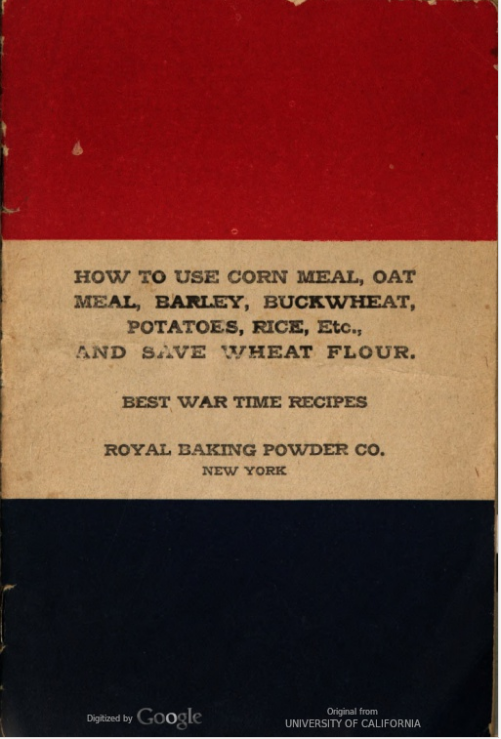This led me to wonder if Australians were enjoying the many delights of pasta back in the Colonial Era. Conventional wisdom holds that pasta was introduced by the wave of Italian migrants that arrived after World War II. Wild Colonial Grandma has memories of living in a farming settlement that was all Italians and Cornish (she was Cornish) for a little while growing up, and attests that pasta was a big part of the migrant cuisine. But was there pasta in Australia before that?
One important thing that I soon discovered was that before the modern era 'macaroni' was a catch-all term in English for all types of pasta. It was also a slang word for a dandy, which might clear up any confusion you have about just what's going on in the song "Yankee Doodle".
 |
If we look for 'macaroni' rather than 'pasta' in Australian newspapers, we find that it was definitely in circulation, and from a very early era.
An advertisement from Sydney in 1823 indicates that one J. Tawell of 18 Pitt St had for sale macaroni, as well as many other items including Spanish liquorice and German sweetmeats. (Classified Advertising. (1823, September 18). The Sydney Gazette and New South Wales Advertiser (NSW : 1803 - 1842), p. 4. Retrieved January 12, 2015, from http://nla.gov.au/nla.news-article2182216)
As the following article indicates, though, it does not seem to have achieved the status of a staple in Australian cooking:
"MACARONI. THIS nutritious and wholesome article of food is little used in this country. In Italy, however, its use is universal, often constitute- ing the principal food, or taking the place of fish, vegetables, and the desert generally in the regular dinner. It is also sold and eaten in the streets as freely as fruits are with us. Its use is extensive in France and Germany.
It consists of pure gluten, which element constitutes only three and one-half per cent. of wheat flour, and is wholly wanting in rye and oatmeal. The gluten, when wet, is a tough, elastic mass, of a yellowish brown color, and is obtained by dissolving out the starch and other constituents of the flour with cold water.
The process is as follows: The flour, having been made up into a soft dough, is placed on a fine sieve, over a vat of water, and is kneaded-in Italy with the feet --as long as the water which falls on it in a spray, runs through milky. The tenacious nature of the gluten prevents its passing through. Starch is manufactured from the contents of the vat.
The long, hollow tubes are formed by pressing the gluten through a peculiar shaped opening in a metalic plate; and this tubular form, so important to it in cooking is indispensable to the ... moist, rapidly tends to decomposition.
Counterfeit macaroni is made from flour, instead of from its gluten. It has, moreover, a starchy appearance; is more smooth and glossy than the genuine; is apt to be mouldy inside; is not as elastic; when broken, does not show the glossy fracture of the former; and in cooking becomes pasty, and does not preserve the tubular form. The genuine also -as the counterfeit does not- swells up to more than double its original thickness.
It would be a gain to our cookery if macaroni were in more common use among us."
MACARONI. (1879, June 21). The Bacchus Marsh Express (Vic. : 1866 - 1918), p. 4. Retrieved January 12, 2015, from http://nla.gov.au/nla.news-article89702126
Australian readers, what memories do you have of pasta growing up? Overseas readers, is pasta part of your food culture? If it is, when did it arrive?

